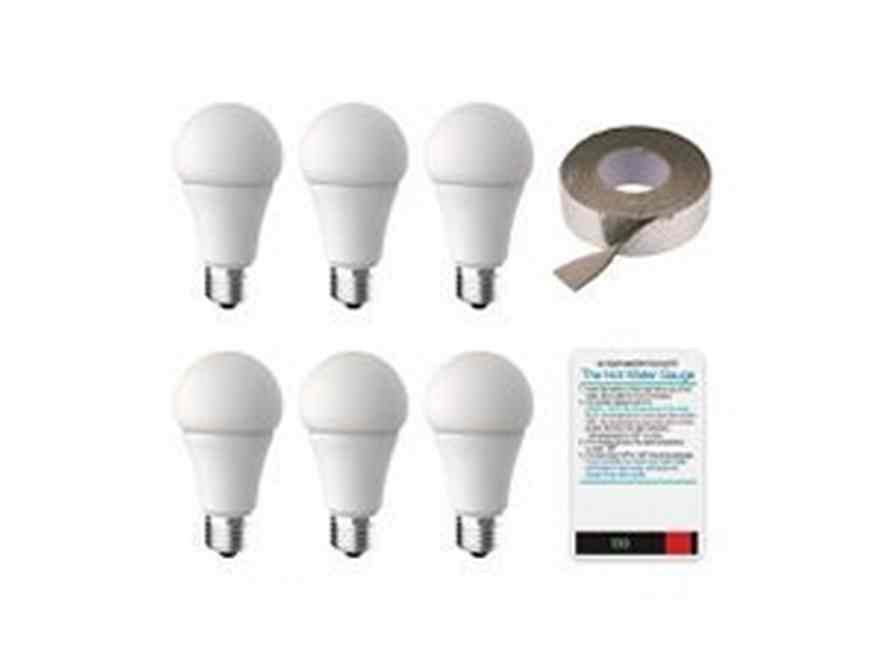Mastering Negotiation: How to Secure Lower Prices and Bonus Items from Sellers
In a world where every dollar counts, the art of negotiation has emerged as an invaluable skill, capable of transforming a simple transaction into a winning deal. Whether you’re purchasing a car, haggling at a market, or trying to land the best price on your dream appliance, the power of persuasion can unlock extraordinary savings and unexpected perks. Yet, mastering this intricate dance requires more than just a firm handshake; it demands strategy, confidence, and a deep understanding of both parties’ motivations. In this article, we’ll explore the nuanced techniques and psychological insights that can help you navigate the often-treacherous waters of negotiation. From establishing rapport with sellers to employing the right tactics for price reductions and bonus items, our comprehensive guide will equip you with the skills you need to emerge not just as a buyer, but as a savvy negotiator ready to take on the marketplace. Join us as we delve into the essentials of effective negotiation and reveal how to secure the best deals while forging strong relationships with those you engage.
Understanding the Psychology of Negotiation to Influence Price Reductions
Negotiation is not just about numbers; it’s a psychological dance that involves understanding the perspective and emotions of both parties. At its core, successful negotiation hinges on recognizing and leveraging human behavior. Sellers often have their own motivations, whether it be the need to meet sales targets, clear inventory, or foster long-term customer relationships. By building rapport and expressing empathy, you create an atmosphere of trust that can lead to more favorable outcomes. Here are a few strategies to keep in mind:
- Active Listening: Engage with what the seller is saying to show genuine interest.
- Mirroring: Subtly reflecting the seller’s language and demeanor can create a sense of familiarity.
- Using Silence: Pausing after a proposal can put pressure on the seller to fill the gap, often leading them to justify their pricing.
Understanding the underlying motivations of sellers can also help you identify opportunities for concessions. When sellers believe they are getting something valuable in return, they may be more inclined to offer price reductions or bonus items. The key here is to approach negotiations with a win-win mindset, focusing on how both parties can benefit. Utilize a simple framework to visualize these interactions:
| Seller Motivations | Your Strategies |
|---|---|
| Meeting sales goals | Highlight your potential for future purchases. |
| Clearing inventory | Suggest taking multiple items at a discount. |
| Building customer loyalty | Emphasize loyalty and potential referrals. |
Essential Strategies for Effective Bargaining to Maximize Value
To truly excel in the art of negotiation, one must adopt a multi-faceted approach that leverages preparation, communication, and strategic thinking. Begin by thoroughly researching the products or services you are negotiating for. Understanding market prices and seller behaviors provides a solid foundation, enabling you to identify genuine opportunities for savings or added value. During discussions, employ effective techniques for communication, such as active listening and open-ended questions. This fosters a collaborative environment and encourages the seller to engage in constructive dialogue. Remember the power of body language; confident posture and steady eye contact can reinforce your position without creating unnecessary tension.
Additionally, consider establishing a value proposition for the seller, illustrating how closing the deal with you could benefit them in the long run. Offer to bundle purchases, which can increase their sales volume, or express willingness to refer friends and family to their business. Highlight your commitment to a positive experience, as satisfied customers serve as the best marketing. Incorporating a few psychological strategies can also prove effective. For example, using silence after a proposal can create an uncomfortable pause that prompts the seller to fill it with a more favorable offer. A simple table can illustrate the advantages of various strategies:
| Strategy | Benefit |
|---|---|
| Research Market Prices | Identifies realistic price ranges |
| Active Listening | Builds rapport and showcases respect |
| Value Proposition | Highlights mutual benefits for seller |
| Use of Silence | Encourages seller concessions |
Leveraging Timing and Communication Techniques to Secure Bonus Items
Timing is an essential element in the art of negotiation, especially when it comes to securing bonus items. Understanding the seller’s cycle can give you an edge; for instance, approaching them at the end of the month when sales targets are impending can create opportunities for securing added value. To maximize this approach, consider the following strategies:
- Research Seasonal Trends: Recognize peak and off-peak seasons for sellers, allowing for more favorable negotiations during quieter periods.
- Offer Immediate Commitment: If you show you’re ready to purchase instantly, sellers may be more inclined to throw in bonus items.
Effective communication can also make a significant difference in your negotiation outcomes. Clear and polite dialogue not only fosters a positive atmosphere but also encourages collaboration. Focus on articulating your needs while also listening to the seller’s objectives. Utilizing these techniques can help you achieve a win-win situation:
- Ask Open-Ended Questions: This technique invites sellers to share more about their products and possible promotions.
- Be Transparent: Sharing your budget constraints can sometimes prompt sellers to offer better deals or bonuses to meet your needs.
| Technique | Benefit |
|---|---|
| Timing Negotiations | Aligns with Sellers’ Sales Goals |
| Active Listening | Builds Rapport and Trust |
| Open-Ended Questions | Encourages Dialogue and Flexibility |
| Transparency | Increases Likelihood of Customized Offers |
In Summary
As we conclude our exploration of the art and science of negotiation, it’s clear that mastering this skill can transform the way you approach purchases and contracts. Armed with the strategies and insights discussed, you now possess the tools to confidently engage with sellers and advocate for your interests. Remember, effective negotiation is not merely about securing lower prices or added bonuses; it’s about creating a win-win scenario that fosters long-term relationships and mutual respect. So, the next time you find yourself at the bargaining table, take a deep breath, employ your newfound techniques, and watch as the possibilities unfold. After all, in the dance of negotiation, every step you take can lead you closer to a more rewarding outcome. Happy negotiating!



















